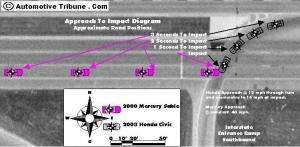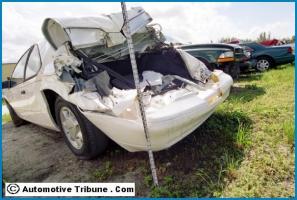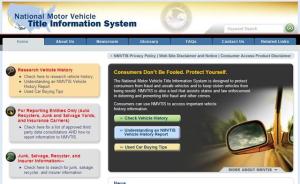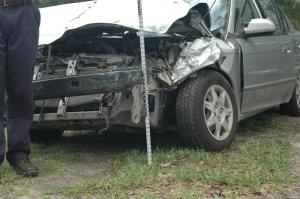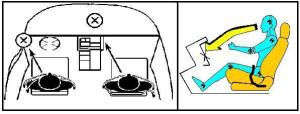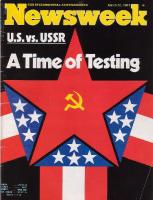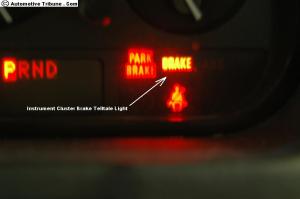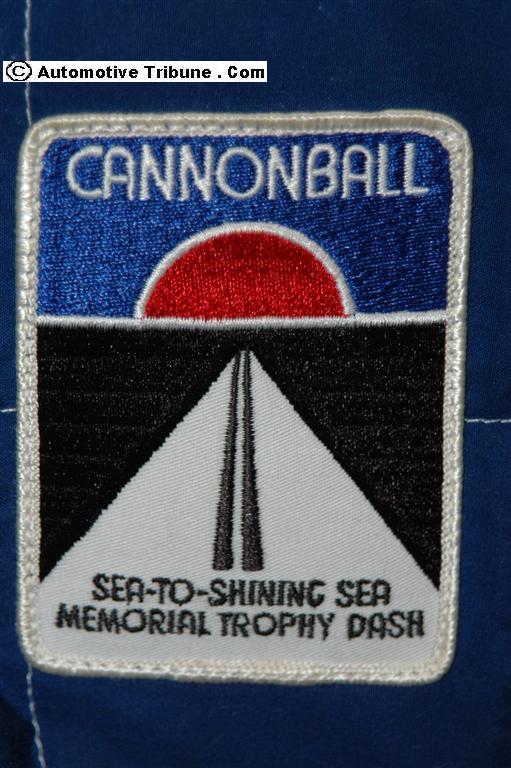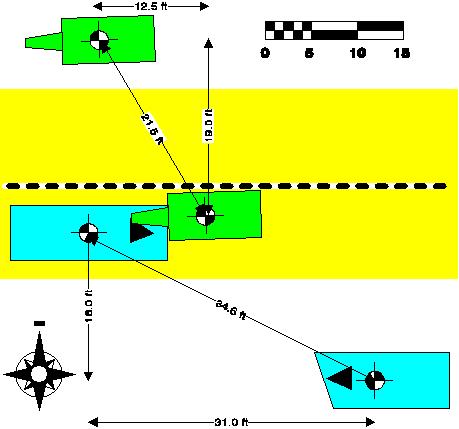Distracted Driving In Big Trucks
Driven to Distraction
Big truck drivers have to meet tight delivery schedules and maintain contact with their dispatchers. A New York Times article Driven To Distraction was published on September 28, 2009. Big trucks and their drivers are now getting the scrutiny of Federal and State regulators regarding these distractions.
Killer Texting
The Automotive Tribune focused on Killer Texting and addressed foundation issues concerning this deadly distraction. Big truck drivers have an equally problematic situation. Commercial drivers need to maintain contact with their dispatchers. However, these communications should be fairly predictable and systems engineering can logically decrease unnecessary or wasted time in communication.
4 Seconds = A Football Field
 50 MPH means that in 4 seconds the truck would cover 300′. Many research studies have been conducted but the simple fact is that taking your eyes off the road for 4 seconds results in a lot of distance covered and additional time is required to figure out what is going on when your eyes return to the roadway. Additionally, you may have missed clues about upcoming hazards.
50 MPH means that in 4 seconds the truck would cover 300′. Many research studies have been conducted but the simple fact is that taking your eyes off the road for 4 seconds results in a lot of distance covered and additional time is required to figure out what is going on when your eyes return to the roadway. Additionally, you may have missed clues about upcoming hazards.
Inattention In Driving
Inattention in driving has resulted in heavy truck related fatalities increasing. Since fatalities are only a small percentage of injuries then many more heavy truck injuries have occured.
A Legislative Battle Will Come
Driving a big truck and dealing with distractions is going to result in all sides of the industry getting into the fight. This is a multi-faceted distraction with economic consequences for all players. It may come down to a total re-assessment for all commercial electronic communication devices legally installed in commercial vehicles.
Minimized Commercial Distraction
Systems with minimized communication function in a commercial validation can work. However, there ar no standards or recommended practice categories. Industry and governmental advocates will end up at this point of agreement.








